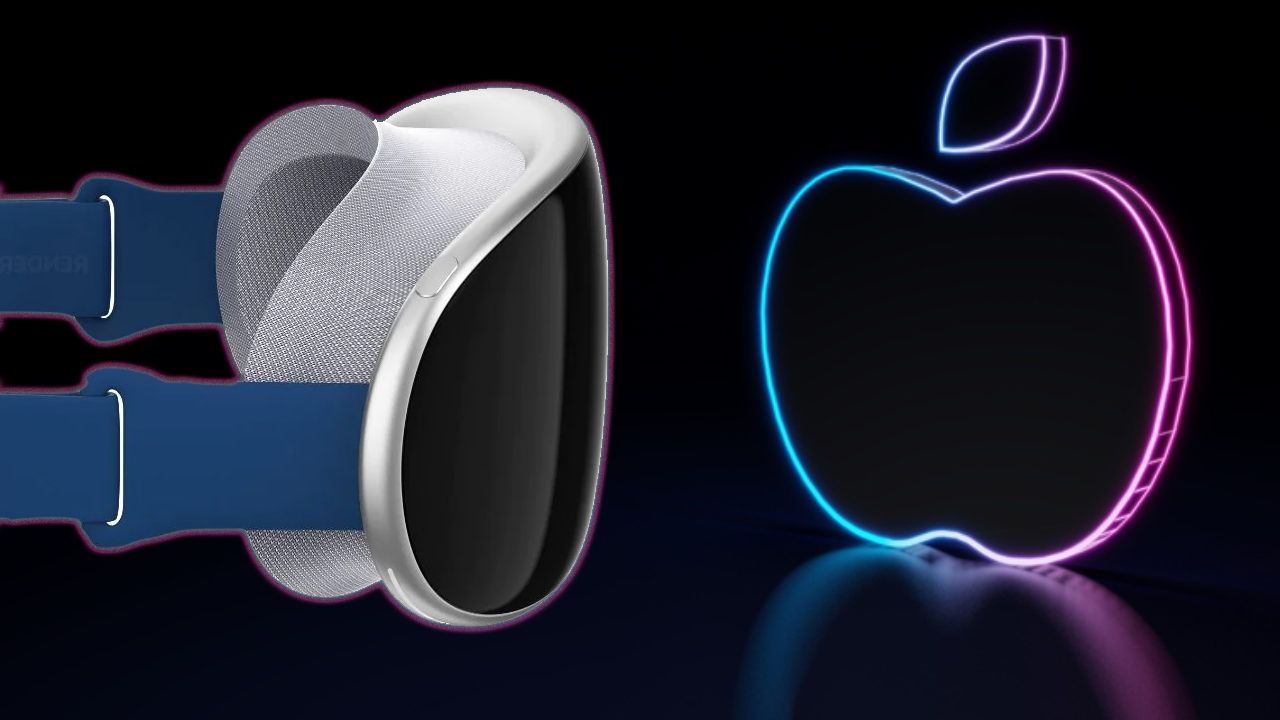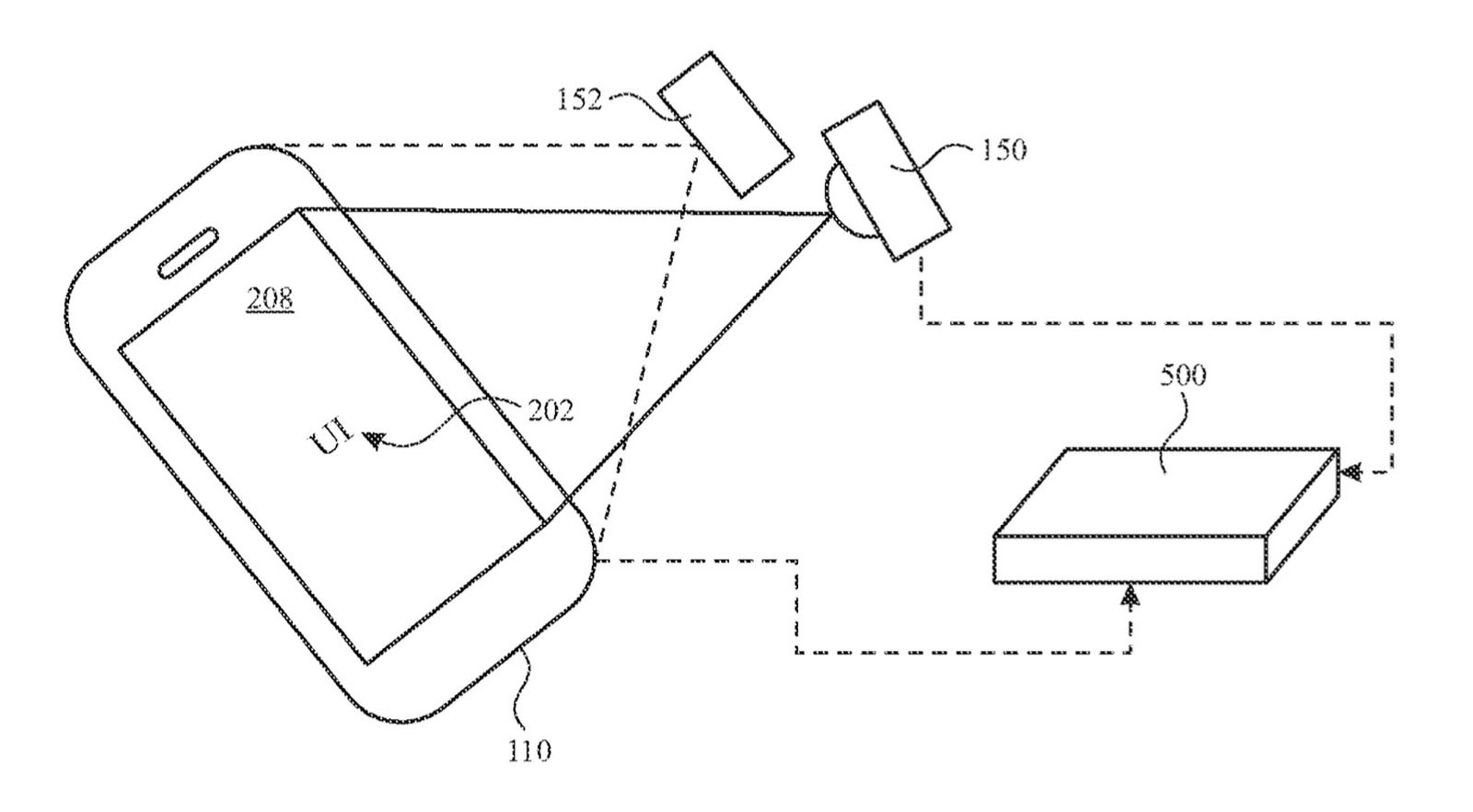Apple VR has a secret weapon: Continuity features with iPhone and Mac
Jump from Apple VR to iPhone and Mac in an instant, if new patent bears fruit.

Got lots of Apple devices in your home? A newly uncovered patent suggests that the rumored Apple VR headset may have a secret weapon up its sleeve, and it’s all about making those devices work seamlessly together.
You no doubt are familiar with Apple’s ‘Continuity’ features such as Universal Control and Handoff. For those that aren't, they let Apple devices logged into the same Apple ID and on the same Wi-Fi network interact with each other — for instance, slinging a FaceTime video call to the bigger screen of an iPad, or using a single keyboard and mouse to control both a Mac and iPad Pro, sharing files between the two.
The Apple VR patent in question, titled “Multi-Device Continuity for use with Extended Reality (XR) Systems” describes how these Continuity features could be implemented in a virtual reality environment, giving the so-called Reality Pro headset a leg-up over the competition.
Reality extended
The patent describes scenarios such as a user reading an email on an iPhone, and then using a hand gesture or gaze gesture to move the email over to a ‘larger’ virtual display on the headset’s screens.

The concept could extend to almost any current Continuity example — selecting an Apple Music streaming song on the headset, and just looking at the HomePod speaker you want to play it on to fire it up, or wearing the headset while sat at your MacBook Air to auto-magically create additional virtual displays around the physical screen, giving you more real estate to work on.
As ever, patent applications are no guarantee that a feature or product will ever make it out into the open for public consumption. But Apple has always been excellent at adding value to its product ecosystem by pushing the interoperability of its devices and services.
Continuity is a feature its userbase is already familiar with, and even just by looking at the quick examples above, offers tangible potential benefits when included in a head-mounted gadget. Unlike VR competitors like HTC and Meta, Apple has a robust line-up of other hardware that its Reality Pro headset will live alongside — and making them all play nicely together is a key benefit that the competition can’t offer.
Master your iPhone in minutes
iMore offers spot-on advice and guidance from our team of experts, with decades of Apple device experience to lean on. Learn more with iMore!

Gerald Lynch is the Editor-in-Chief of iMore, keeping careful watch over the site's editorial output and commercial campaigns, ensuring iMore delivers the in-depth, accurate and timely Apple content its readership deservedly expects. You'll never see him without his iPad Pro, and he loves gaming sessions with his buddies via Apple Arcade on his iPhone 15 Pro, but don't expect him to play with you at home unless your Apple TV is hooked up to a 4K HDR screen and a 7.1 surround system.
Living in London in the UK, Gerald was previously Editor of Gizmodo UK, and Executive Editor of TechRadar, and has covered international trade shows including Apple's WWDC, MWC, CES and IFA. If it has an acronym and an app, he's probably been there, on the front lines reporting on the latest tech innovations. Gerald is also a contributing tech pundit for BBC Radio and has written for various other publications, including T3 magazine, GamesRadar, Space.com, Real Homes, MacFormat, music bible DIY, Tech Digest, TopTenReviews, Mirror.co.uk, Brandish, Kotaku, Shiny Shiny and Lifehacker. Gerald is also the author of 'Get Technology: Upgrade Your Future', published by Aurum Press, and also holds a Guinness world record on Tetris. For real.
